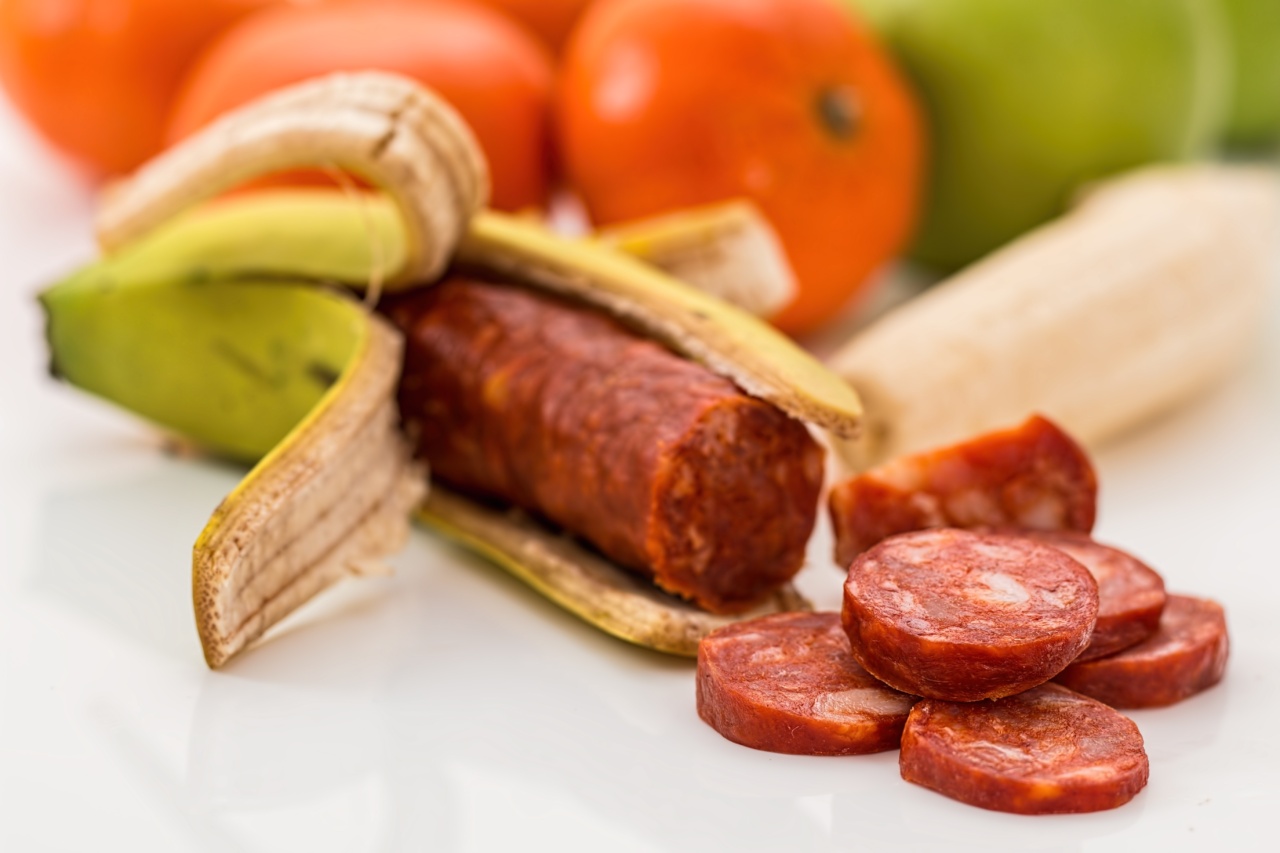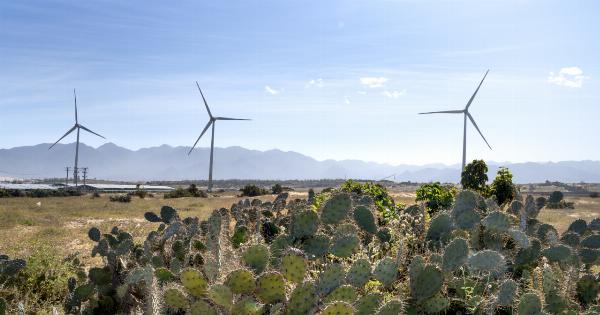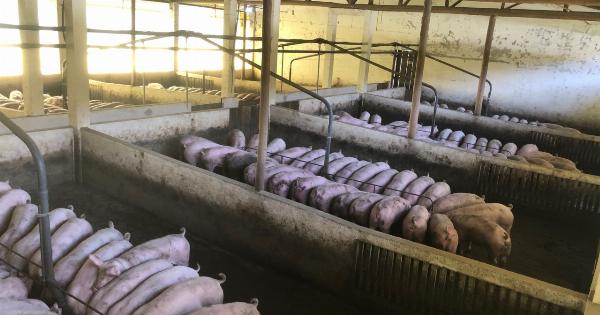Advances in technology and changing consumer preferences have led to a significant shift in the way we produce and consume food. One such development is the emergence of artificial meat, also known as cultured meat or lab-grown meat.
This innovative alternative aims to provide a sustainable and ethical solution to traditional meat production. But how close are we to achieving commercially viable artificial meat?.
Understanding Artificial Meat
Artificial meat is produced by culturing animal cells in a lab, eliminating the need for traditional animal farming methods.
The process involves taking a small sample of animal cells and providing them with the necessary nutrients and conditions to grow into muscle tissues. By replicating the natural growth process, scientists aim to create meat that is virtually indistinguishable from conventionally produced meat.
The Current State of Artificial Meat
The development of artificial meat has made significant strides in recent years, but it is still in its early stages. Several companies and research institutions around the world are actively working on refining the technology and scaling up production.
While artificial meat has been successfully produced in laboratories, achieving scalability and commercial viability remains a considerable challenge.
Improving Production Efficiency
One of the primary hurdles in artificial meat production is the high cost and complexity of the process. Producing meat in a lab requires carefully controlled environments, expensive equipment, and precise nutrient formulations.
Currently, the production costs are prohibitively high, making artificial meat far too expensive for mainstream consumption.
Scaling Up production
Scaling up production is another critical aspect in making artificial meat commercially viable. The current production methods are largely limited to small quantities, making it difficult to meet the demands of a global market.
To address this challenge, researchers are exploring various bioreactor designs and optimizing the cell growth process to achieve higher yields.
Enhancing Taste and Texture
While artificial meat has shown promising progress, there are still improvements to be made in terms of taste and texture. Cultured meat needs to resemble traditional meat to be widely accepted by consumers.
Scientists are working to refine the composition and structure of artificial meat to mimic the mouthfeel, juiciness, and flavor profiles of conventionally produced meat.
Regulatory Challenges and Consumer Acceptance
Before artificial meat can hit the market, regulatory frameworks need to be established to ensure its safety and labeling standards. Authorities around the world are grappling with the unique challenges posed by this emerging technology.
Additionally, consumer acceptance plays a crucial role in determining the success of artificial meat. Public perception and attitudes towards lab-grown meat will shape its adoption and integration into our food system.
Collaborative Efforts and Investments
The development of artificial meat requires collaboration between scientists, food technologists, and entrepreneurs.
Several well-known companies and investors have recognized the potential of this disruptive technology and have shown significant interest and financial backing. This influx of capital and expertise is expected to accelerate the development and commercialization of artificial meat.
Ethics, Sustainability, and the Future of Food
Artificial meat holds tremendous potential in addressing pressing global issues related to animal welfare, environmental sustainability, and food security.
By reducing the need for traditional livestock farming, artificial meat could reduce greenhouse gas emissions, minimize land and water use, and decrease the reliance on antibiotics in animal agriculture. It offers a promising path towards a more ethical and sustainable food system.
The Path Ahead
While the commercial availability of artificial meat is on the horizon, there are still significant challenges to overcome.
The technology needs further refinement to increase production efficiency, improve taste and texture, and reduce production costs. Additionally, regulatory frameworks need to be established, and consumer acceptance needs to be cultivated.
A Glimpse into the Future
Despite the hurdles, the development of artificial meat signifies a paradigm shift in how we produce and consume meat. It represents a culmination of scientific innovation, environmental awareness, and ethical considerations.
As technology progresses and investments pour in, we move closer to a future where artificial meat becomes a viable and sustainable protein alternative, revolutionizing the way we nourish ourselves.





























